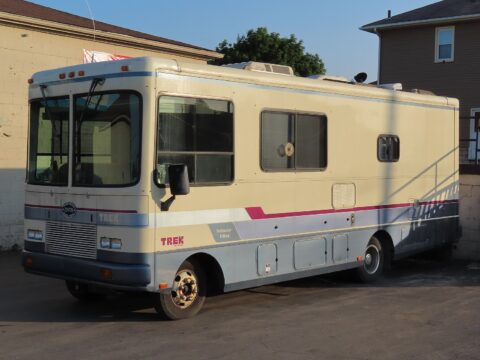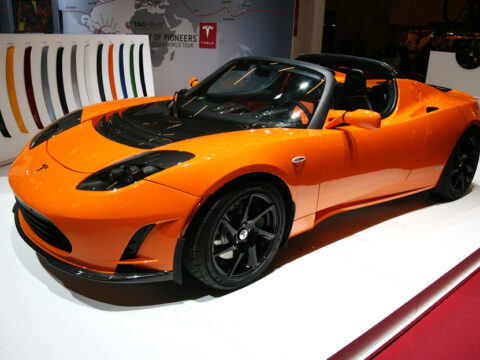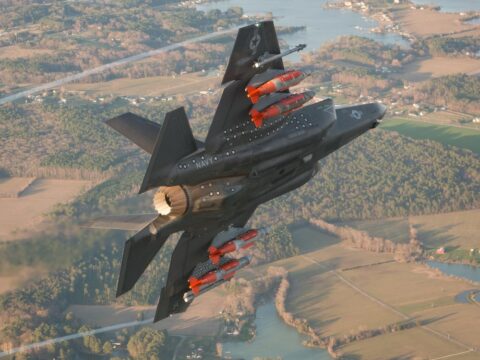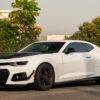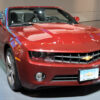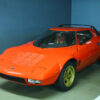The Dodge Charger has a rich history and some fun facts that highlight its legacy. Originally introduced in 1966, the Charger became an instant icon with its muscle car styling and powerful engine options. The 1969 Charger gained fame in the TV show The Dukes of Hazzard, where it was known as the “General Lee.” Over the years, the Charger has evolved from a muscle car to a modern sedan, yet it continues to embody American automotive muscle with its high-performance variants like the SRT Hellcat, known for its supercharged V8 engine.
Contents
The Charger Was Originally a Concept Car
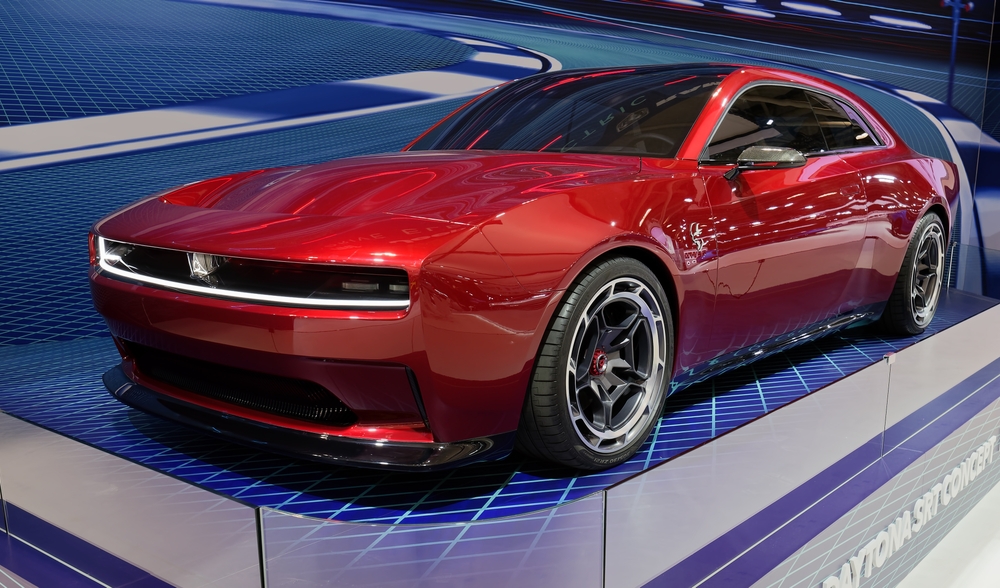
The Dodge Charger was first introduced as a concept car in 1964, designed as a showpiece to gauge public interest in a high-performance coupe. The concept featured a unique fastback design, a two-door layout, and a powerful V8 engine, which generated excitement among car enthusiasts. The positive reception to the concept led to the production of the first-generation Dodge Charger in 1966, which retained many of the design elements from the concept, including the full-width taillight and distinctive fastback roofline.
The 1968 Charger’s Hidden Headlights
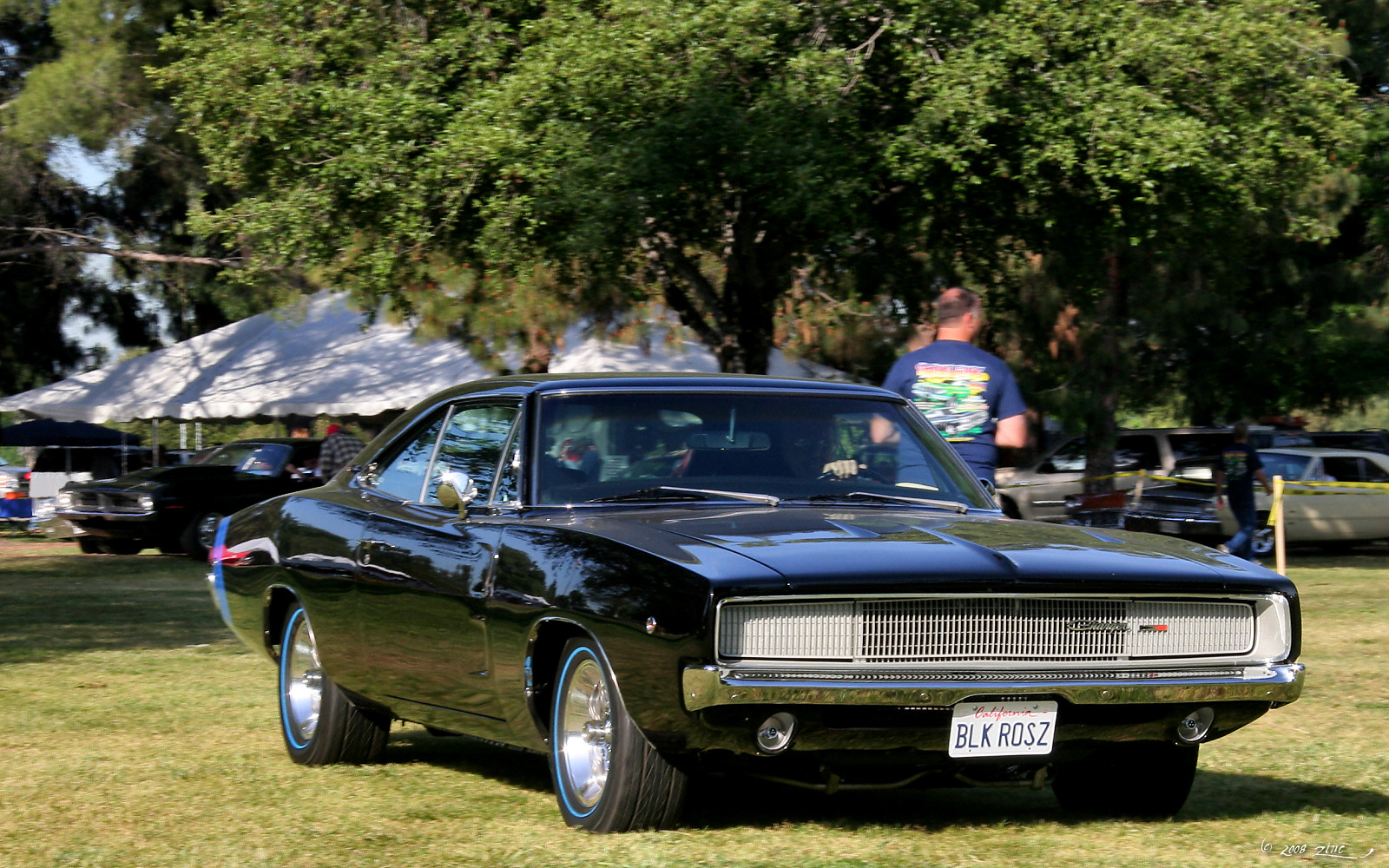
One of the most iconic design features of the 1968 Dodge Charger was its hidden headlights, which were concealed behind a grille that extended across the entire front of the car. When the headlights were turned on, vacuum-operated doors would retract to reveal the lights, giving the Charger a sleek and aggressive look when the lights were off. This design became a defining characteristic of the Charger, contributing to its menacing appearance and helping to solidify its status as a muscle car icon.
The Charger Daytona Was Built for NASCAR

The Dodge Charger Daytona, introduced in 1969, was specifically designed for NASCAR racing. It featured a massive rear wing, a pointed nose cone, and a streamlined body to reduce drag and increase speed on the track. The Daytona was the first car to break the 200 mph barrier in NASCAR, with Buddy Baker setting the record at Talladega Superspeedway in 1970. Although only 503 units were produced to meet homologation requirements, the Charger Daytona became a legendary race car and a highly sought-after collector’s item.
The Charger R/T Was the Star of Bullitt
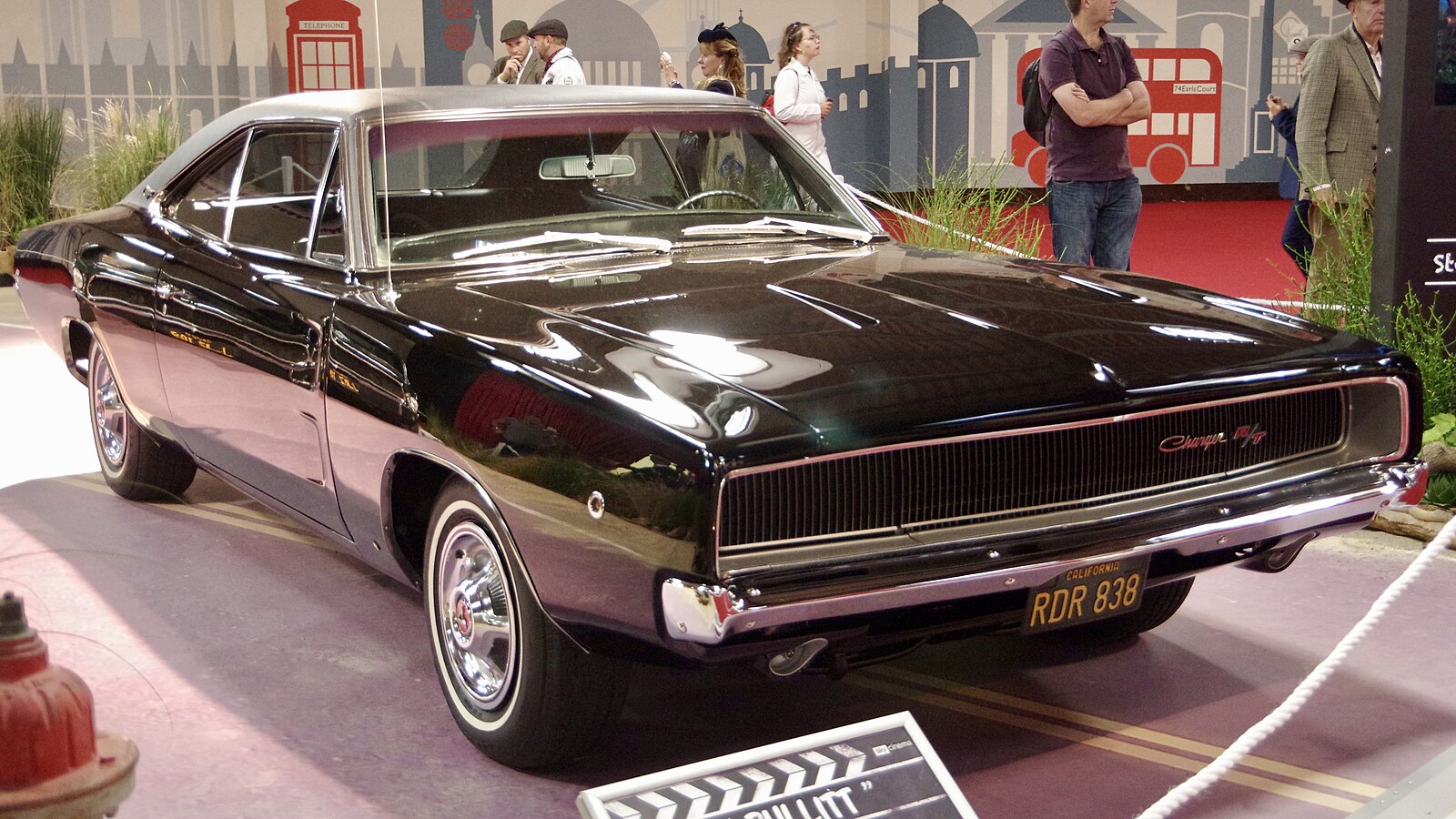
The 1968 Dodge Charger R/T (Road/Track) became a movie star in its own right after appearing in the film Bullitt (1968), where it was driven by the antagonist in one of the most famous car chase scenes in cinematic history. The black Charger R/T, with its powerful 440 Magnum V8 engine, went head-to-head with Steve McQueen’s Ford Mustang GT through the streets of San Francisco. The Charger’s role in the film cemented its place in pop culture and solidified its reputation as a muscle car legend.
The Charger Was Reborn as a Four-Door Sedan
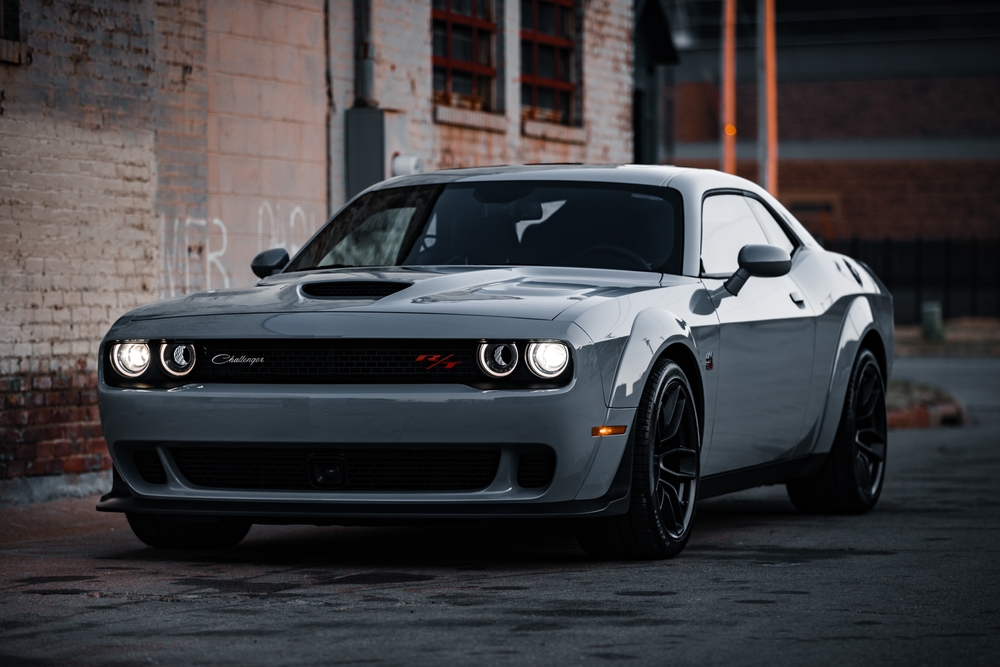
After being discontinued in 1978, the Dodge Charger nameplate was revived in 2006 as a four-door sedan, a significant departure from its earlier two-door coupe design. The new Charger was built on the Chrysler LX platform and offered modern amenities while retaining the muscle car spirit with powerful V6 and V8 engine options. This revival was met with mixed reactions from purists, but it introduced the Charger to a new generation of enthusiasts, and the model has continued to evolve and thrive in the years since.
The Charger Hellcat Is a Beast on Wheels

In 2015, Dodge introduced the Charger SRT Hellcat, which quickly became one of the most powerful production sedans in the world. The Hellcat is powered by a supercharged 6.2-liter HEMI V8 engine that produces a staggering 707 horsepower and 650 lb-ft of torque. This allows the Hellcat to accelerate from 0 to 60 mph in just 3.6 seconds and reach a top speed of 204 mph. The Charger Hellcat’s mind-blowing performance and aggressive styling make it a dream car for muscle car enthusiasts and speed junkies alike.
The Charger Was a Dominant Force in NASCAR
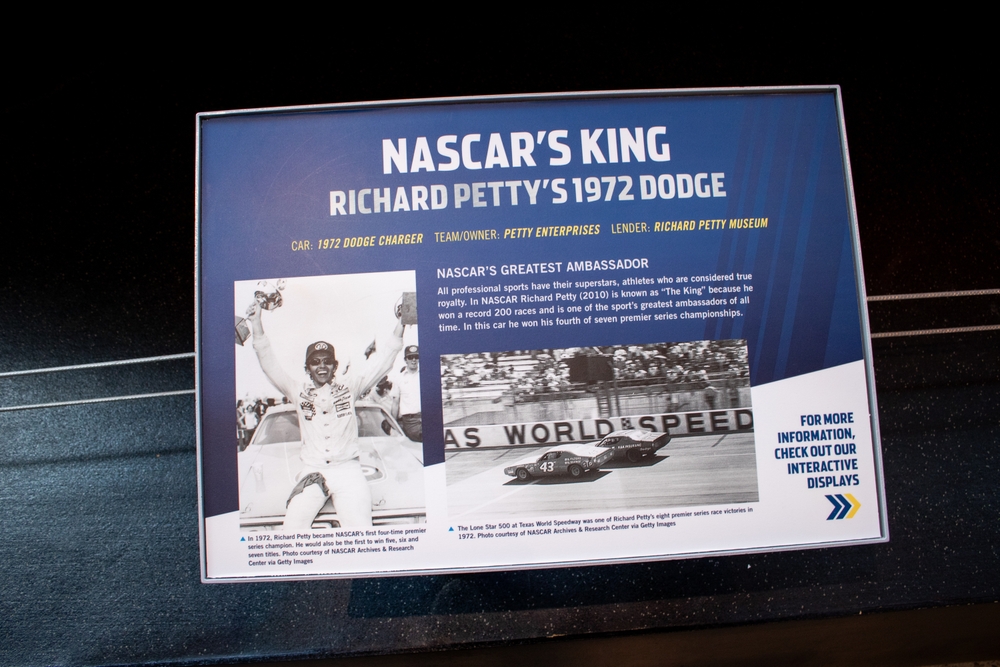
During the late 1960s and early 1970s, the Dodge Charger was a dominant force in NASCAR, thanks to its aerodynamic design and powerful HEMI engines. Drivers like Richard Petty and Bobby Isaac piloted Chargers to numerous victories, including multiple championships. The Charger’s success on the track helped cement Dodge’s reputation as a performance brand and contributed to the Charger’s legendary status. The Charger’s dominance in NASCAR remains a proud chapter in the car’s storied history.
The General Lee from The Dukes of Hazzard
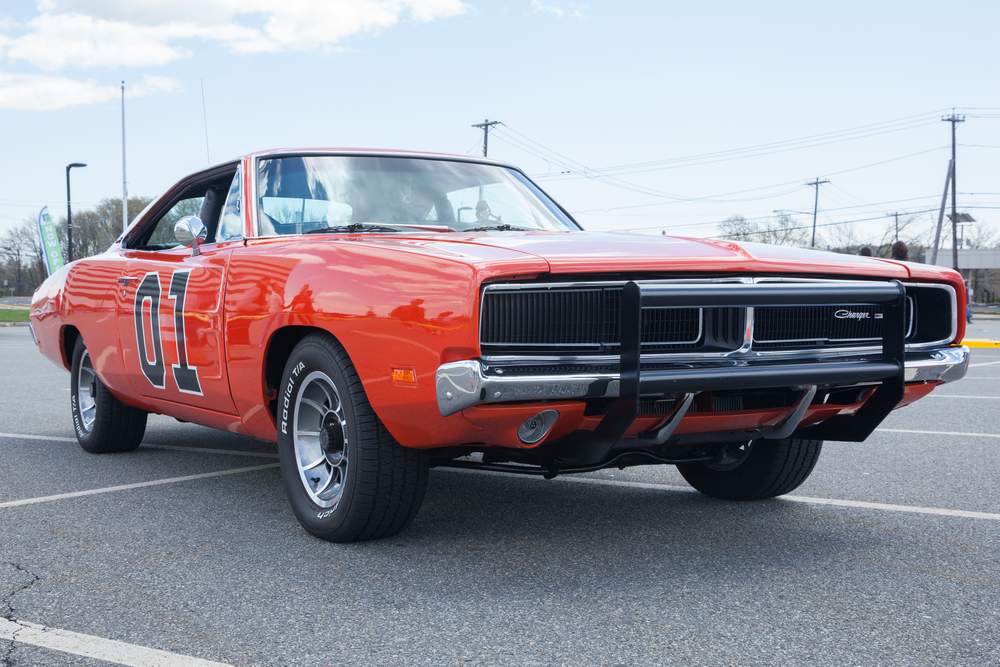
The 1969 Dodge Charger gained widespread fame as the “General Lee” in the TV show The Dukes of Hazzard (1979-1985). The bright orange Charger, with its Confederate flag roof and signature horn that played “Dixie,” became one of the most recognizable cars in television history. Over 300 Chargers were used during the filming of the show, with many being destroyed during the series’ famous car jumps. The General Lee’s popularity continues to this day, with replicas and memorabilia still in high demand among fans.
The Charger’s Unique Taillight Design
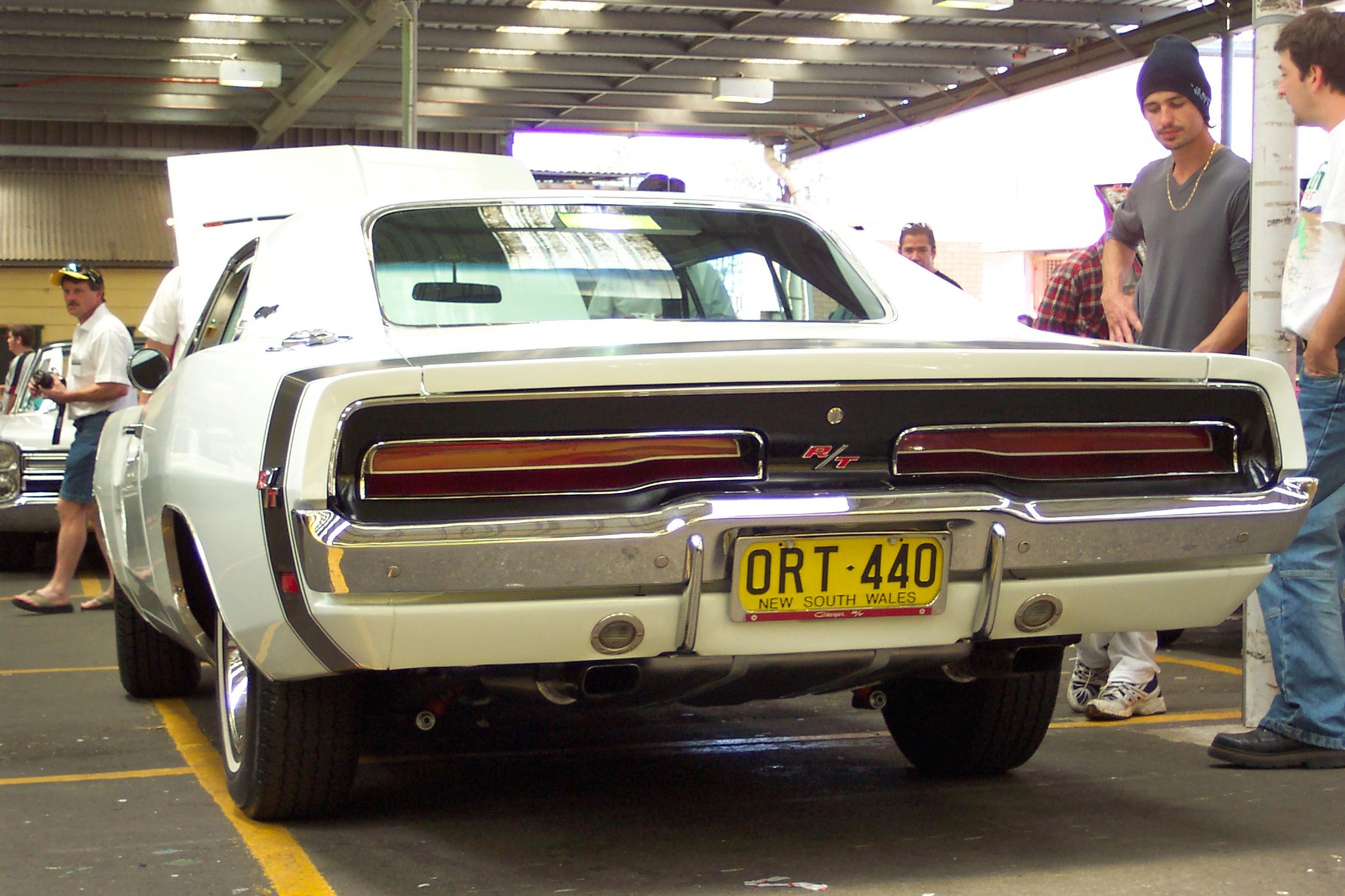
One of the standout features of the 1966-67 Dodge Charger was its full-width, horizontally ribbed taillight that stretched across the entire rear of the car. This distinctive design, along with the car’s fastback roofline, gave the Charger a futuristic and aggressive appearance. The taillight design evolved over the years, with the 1968-70 models featuring a divided taillight design that became equally iconic. The Charger’s taillights have remained a key element of its design identity, helping to distinguish it from other muscle cars.
The Charger Pursuit Is a Favorite Among Police Departments
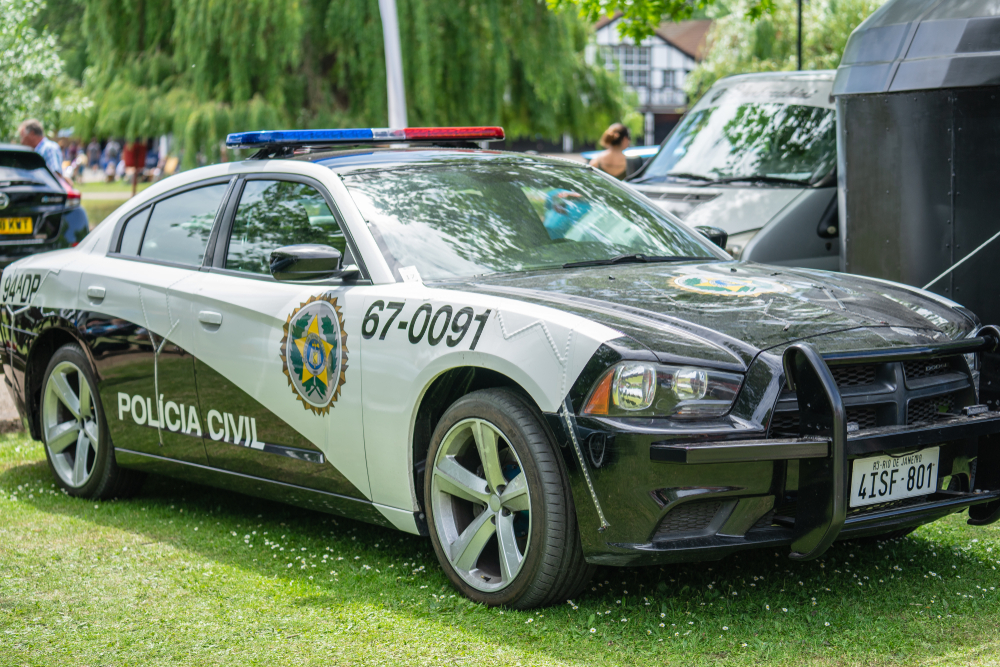
The Dodge Charger Pursuit is a specially designed law enforcement vehicle that has become a favorite among police departments across the United States. Introduced in 2006, the Charger Pursuit offers powerful engine options, including the 5.7-liter HEMI V8, as well as advanced technology and safety features tailored for police use. The Charger Pursuit’s combination of speed, durability, and versatility has made it one of the most popular police vehicles on the road, reinforcing the Charger’s reputation as a performance-oriented car.
The Charger’s Role in Fast & Furious
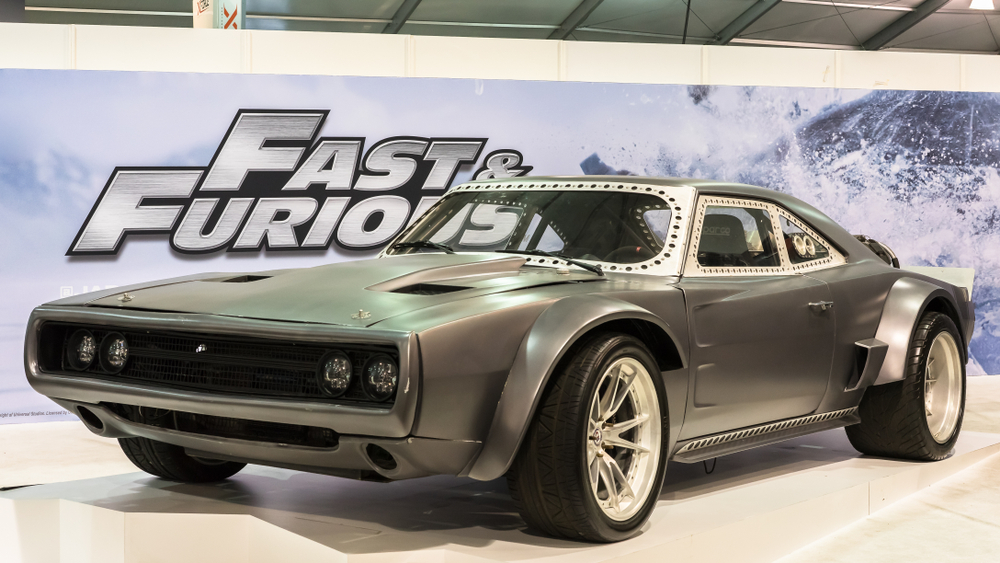
The Dodge Charger has appeared in numerous Fast & Furious films, most notably as the car driven by Vin Diesel’s character, Dominic Toretto. The 1970 Charger R/T, which Toretto refers to as his father’s car, is featured in several high-octane scenes throughout the franchise. The Charger’s role in the films has only added to its legend, making it a symbol of power, family, and speed in the Fast & Furious universe. The Charger’s appearances in the franchise have also sparked renewed interest in the classic muscle car among younger audiences.
The Charger’s Iconic “Coke Bottle” Design
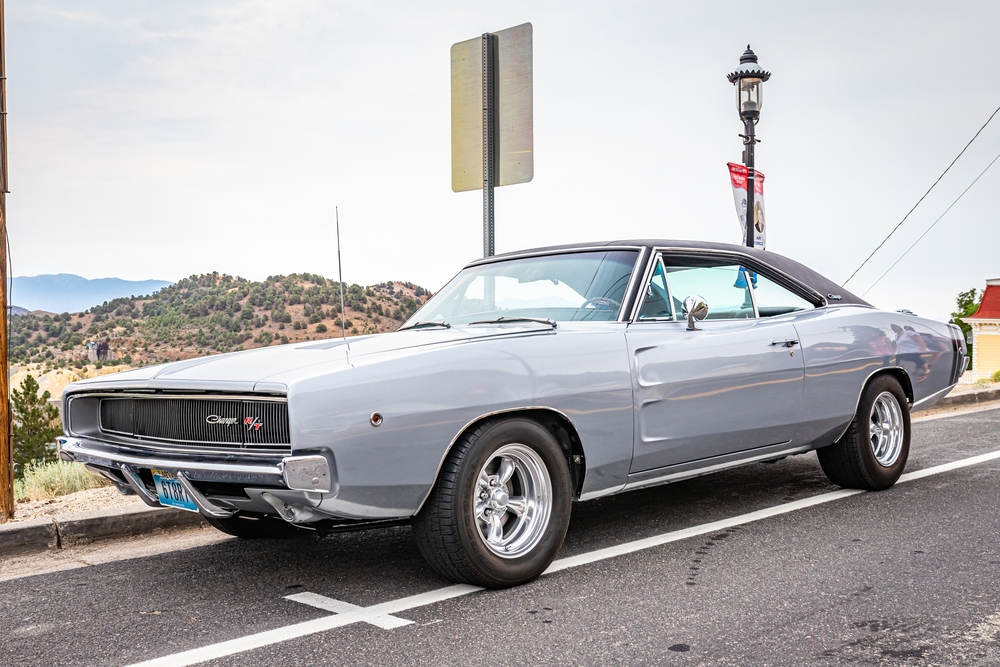
The second-generation Dodge Charger, introduced in 1968, featured the now-iconic “Coke bottle” design, characterized by its curvaceous, hourglass-shaped body. This design not only gave the Charger a distinctive and aggressive look but also improved its aerodynamics, making it more competitive on the racetrack. The Coke bottle design became one of the most recognizable elements of the Charger and influenced the styling of many other muscle cars of the era. The 1968-70 Charger’s design remains one of the most beloved and emulated in automotive history.
The Charger’s “Four-Door Muscle Car” Reputation

When the Dodge Charger was reintroduced as a four-door sedan in 2006, it quickly gained a reputation as the “four-door muscle car.” The Charger offered powerful engine options, including the legendary HEMI V8, and combined them with modern features like a spacious interior and advanced technology. This blend of muscle car performance and practicality appealed to a wide range of buyers, from muscle car enthusiasts to families looking for a stylish and powerful sedan. The Charger’s ability to balance performance and everyday usability has made it a unique offering in the automotive market.
The Charger Daytona’s Record-Breaking Aerodynamics

The 1969 Dodge Charger Daytona was designed with one goal in mind: to dominate NASCAR. To achieve this, Dodge engineers focused on improving the car’s aerodynamics, resulting in the addition of a pointed nose cone and a massive rear wing. These features significantly reduced drag and improved stability at high speeds, allowing the Daytona to become the first NASCAR car to break the 200 mph barrier. The Charger Daytona’s groundbreaking aerodynamics set new standards in motorsport and made it a legend in both racing and automotive design.
The Charger Was Once Offered as a Personal Luxury Coupe

In the mid-1970s, Dodge repositioned the Charger as a personal luxury coupe, moving away from its muscle car roots. The Charger SE (Special Edition) was introduced with more emphasis on comfort and luxury features, such as plush interiors, vinyl roofs, and opera windows. This shift was in response to changing market demands and rising fuel prices, which made large, powerful muscle cars less practical. While this era of the Charger is less celebrated than its muscle car heyday, it represents an interesting chapter in the car’s history and showcases its versatility.
The Charger 500’s NASCAR Connection
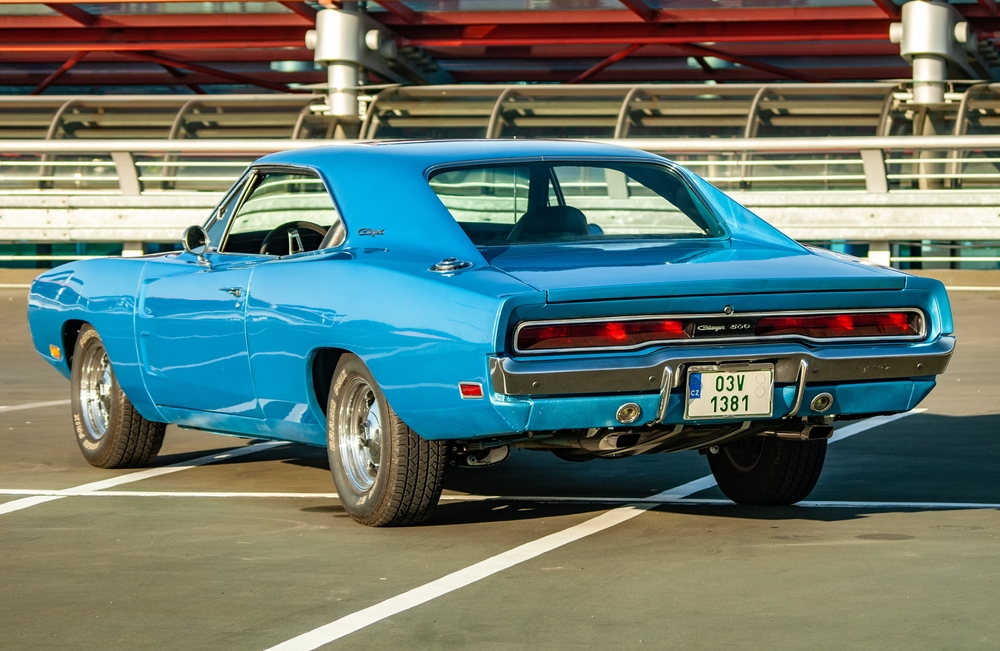
Before the Charger Daytona, Dodge introduced the Charger 500 in 1969 as an effort to improve the aerodynamics of the standard Charger for NASCAR competition. The Charger 500 featured a flush-mounted rear window and a modified grille to reduce drag. While the Charger 500 was a step in the right direction, it still wasn’t enough to compete with the aerodynamic dominance of the Ford Torino Talladega, leading Dodge to develop the even more extreme Charger Daytona. The Charger 500 remains a rare and interesting model in the Charger’s racing history.
The Charger’s Famous “Fratzog” Logo
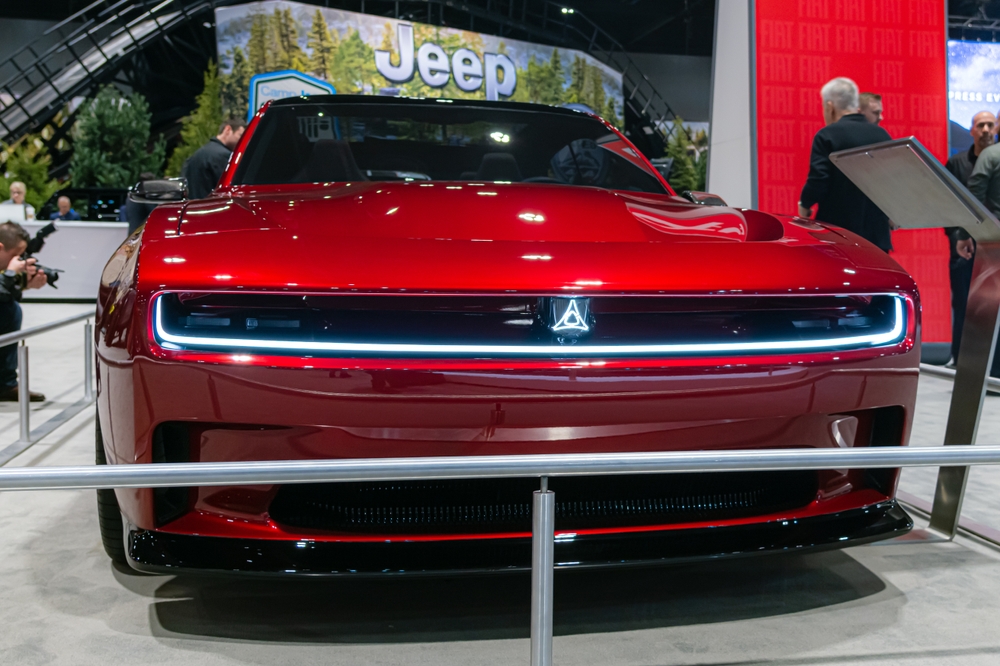
From 1962 to 1976, Dodge vehicles, including the Charger, featured the “Fratzog” logo, a three-pointed star-like emblem that was unique to the brand. The Fratzog, which was a made-up name with no specific meaning, became a symbol of Dodge’s performance and innovation during the muscle car era. The logo has since become a nostalgic symbol for classic Dodge enthusiasts, and it has made a return on modern Dodge performance models, paying homage to the brand’s rich history.
The Charger’s Impact on Pop Culture
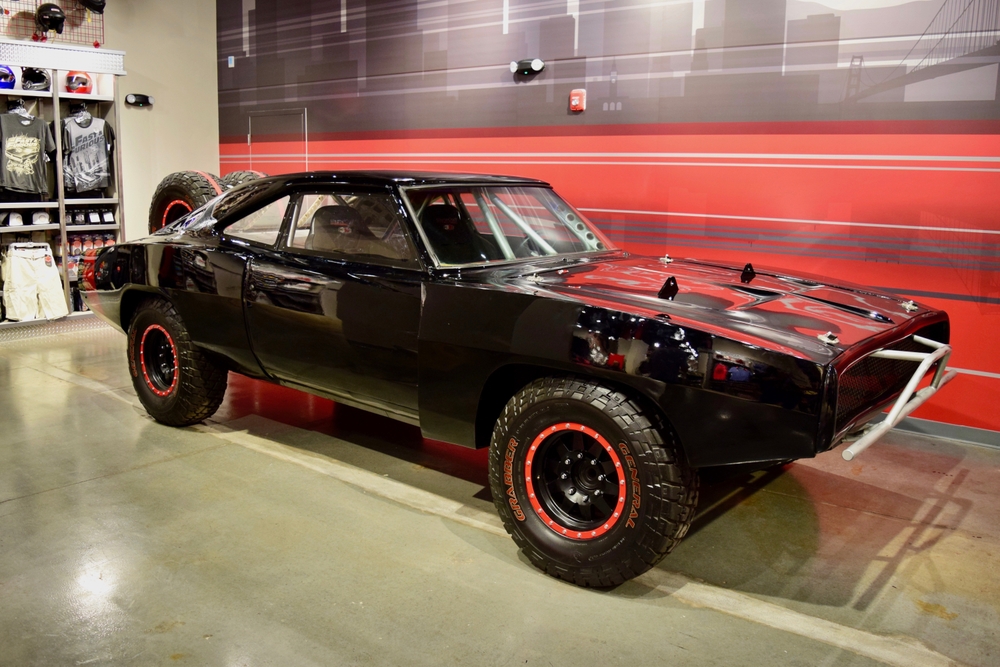
The Dodge Charger has had a significant impact on pop culture, appearing in countless movies, TV shows, and video games over the decades. From The Dukes of Hazzard and Bullitt to The Fast & Furious franchise and beyond, the Charger has become a symbol of American muscle car culture. Its appearances in popular media have helped to keep the Charger in the public eye and have contributed to its status as one of the most iconic and recognizable cars in automotive history.
The Charger’s Revived “Scat Pack” Package
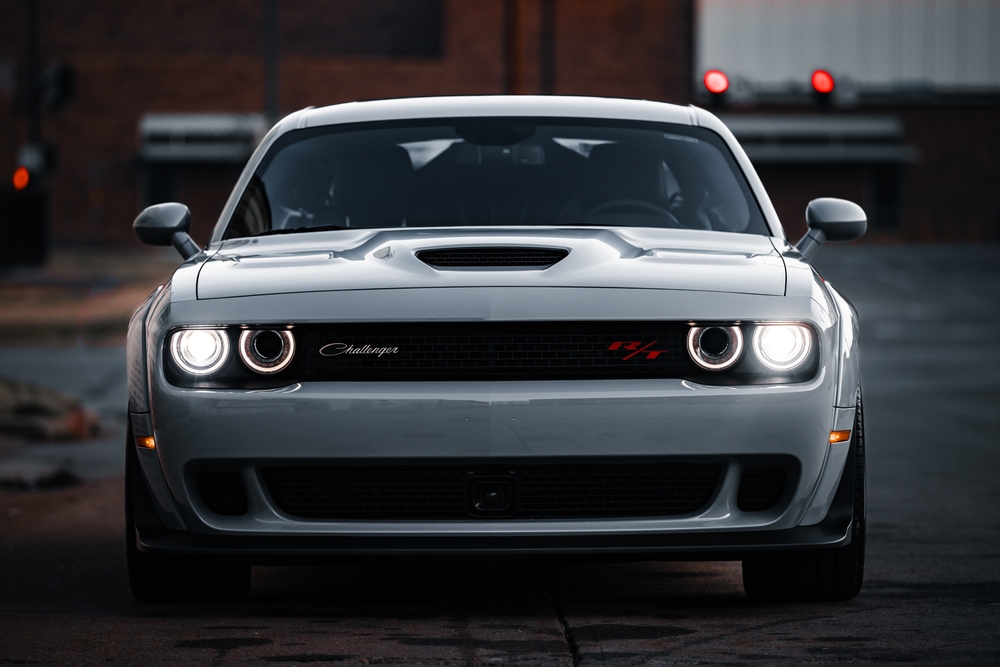
The “Scat Pack” package, originally offered on Dodge muscle cars in the late 1960s and early 1970s, was revived for the modern Charger in 2014. The modern Charger Scat Pack includes performance upgrades such as a 6.4-liter HEMI V8 engine producing 485 horsepower, performance suspension, and upgraded brakes. The Scat Pack package also features retro-inspired badging, paying tribute to the Charger’s muscle car heritage. The revival of the Scat Pack has been well-received by enthusiasts, offering a blend of classic muscle car performance with modern technology.
The Charger’s High-Performance Variants Over the Years
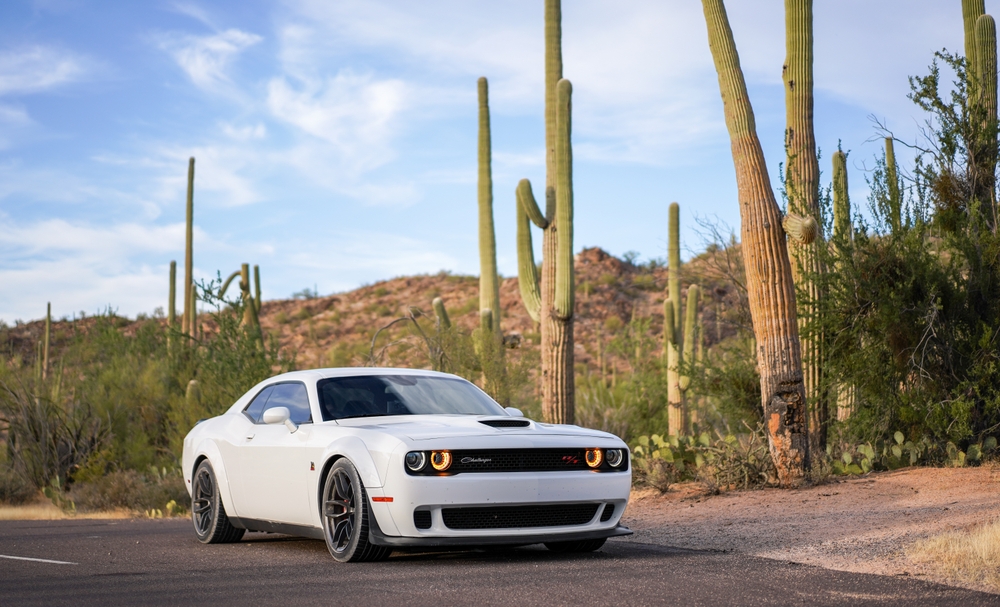
Throughout its history, the Dodge Charger has seen several high-performance variants, each pushing the boundaries of what the car could do. From the original R/T models with their big-block V8s to the modern-day SRT Hellcat with over 700 horsepower, the Charger has always been a platform for Dodge to showcase its performance capabilities. These high-performance models have become the stuff of legend, with enthusiasts eagerly awaiting each new iteration to see how Dodge will continue to push the envelope.
The Charger’s Enduring Legacy
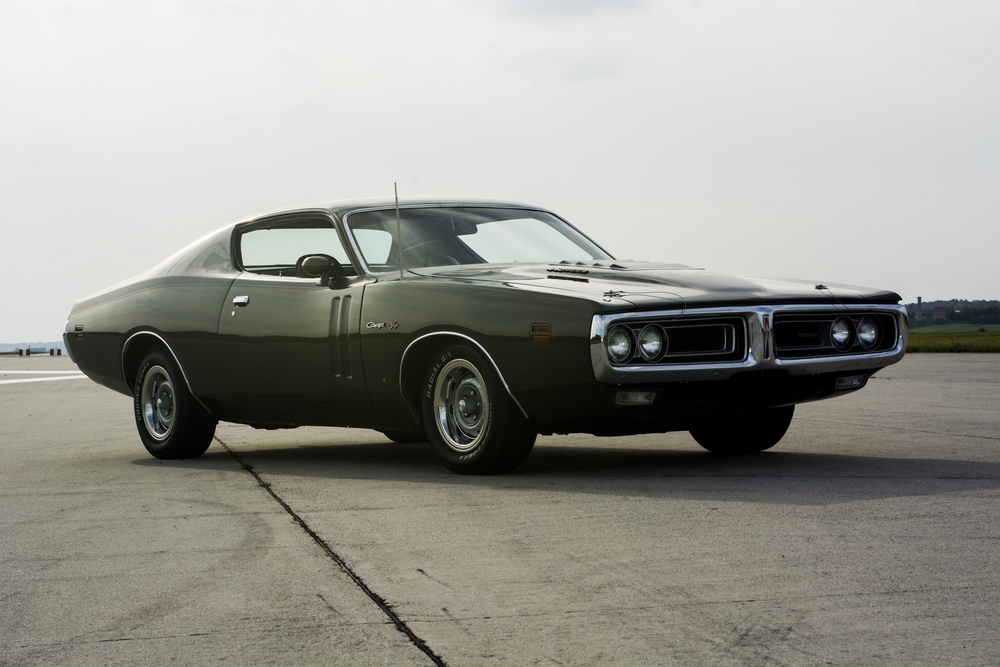
The Dodge Charger’s enduring legacy lies in its ability to evolve with the times while staying true to its performance roots. From its beginnings as a concept car to its heyday as a muscle car icon and its modern rebirth as a four-door powerhouse, the Charger has remained a symbol of American automotive culture. Its combination of performance, style, and cultural impact has made it a favorite among car enthusiasts for over five decades. The Charger’s legacy continues to grow, with each new generation adding to the car’s storied history.
This article originally appeared on MyCarMakesNoise.
More from MyCarMakesNoise
25 Outdated Military Weapons Still in Action

These 25 outdated military weapons continue to play crucial roles in modern conflicts, proving that sometimes, old methods still get the job done. Let’s explore these enduring tools of war that remain in action today. Read More.
20 Legendary Ships That Made History

Throughout history, certain ships have captured the imagination and left an indelible mark on the world. These vessels embarked on epic voyages, played pivotal roles in significant events, and became symbols of adventure and discovery. Read More.
20 Iconic Historical Tanks That Are Now Retired
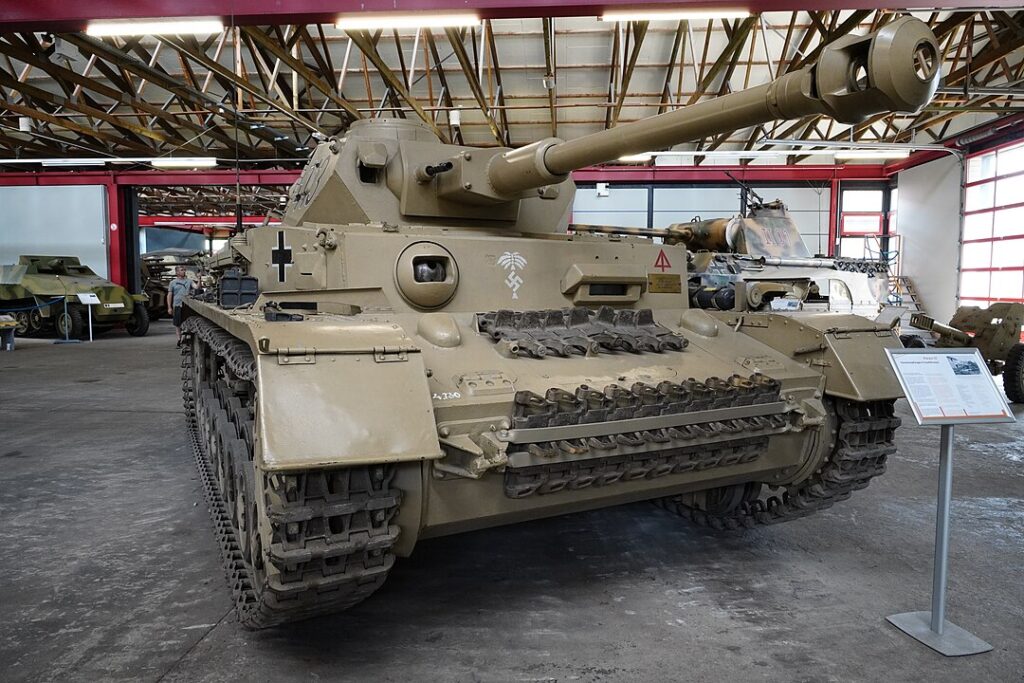
Tanks have played a pivotal role in shaping military history, with many becoming iconic symbols of their time. While these armored giants once dominated battlefields, they have since been retired, giving way to modern advancements. Read More.

